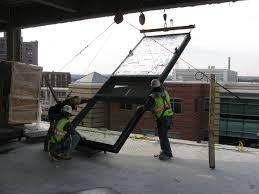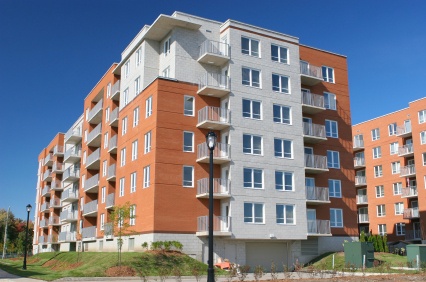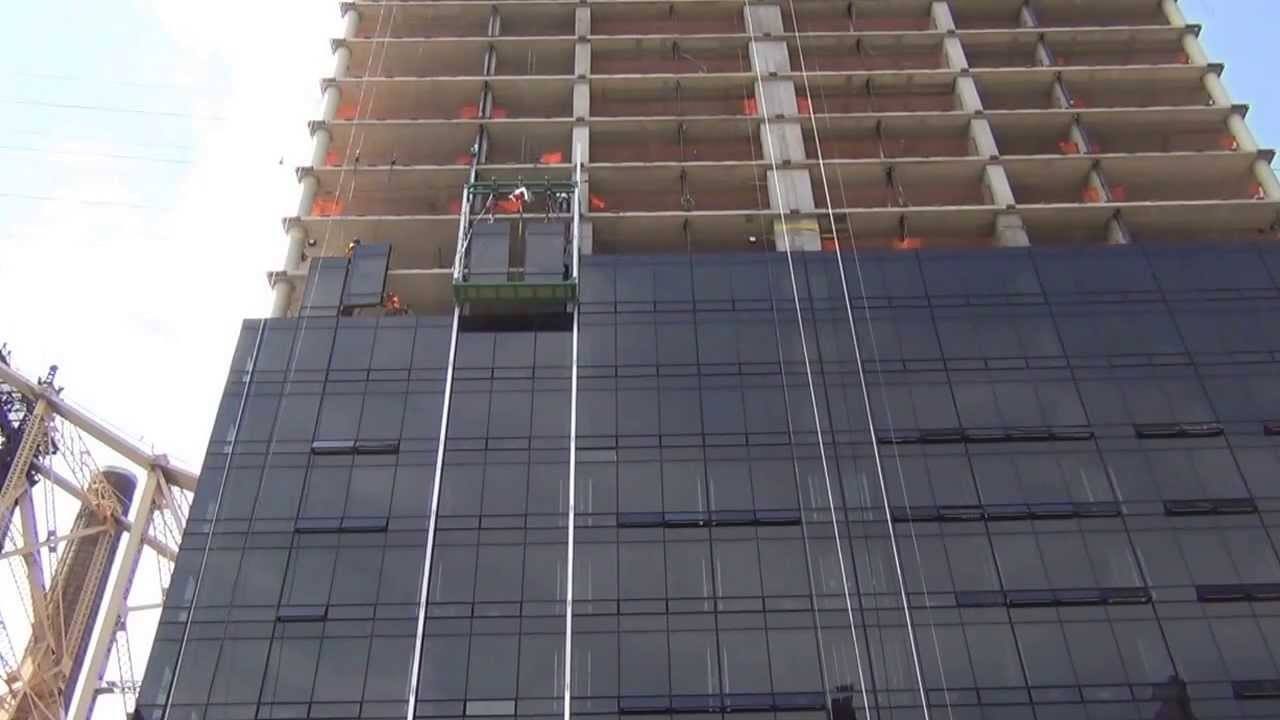People looking to buy a condominium apartment expect that the apartment will be quiet and pleasant to enjoy. They have this expectation about noise especially if the condominium is expensive. Often, they are disappointed.
More...
How quiet will be your apartment?
How quiet is an apartment depends primarily on these factors:
- Noisiness of the location.
- Who lives above, below and next to you apartment.
- Quality of construction.
- Exterior wall and party wall assembly details.
In this article I will discuss exterior walls. Other aspects of condo soundproofing are covered in another article in this blog. Acoustical quality of exterior walls determines how much of exterior noise gets into the building. Understanding this is particularly important in noisy locations, such as next to a highway, or airport. Even a busy city intersection can be very noisy.
Most people are not aware that apartment to apartment noise transfer is also affected by the exterior wall structure, not only party walls.
What kind of exterior wall is best to cut noise?
Exterior walls constructed from concrete or brick, with relatively small windows (Figure 1) provide much better noise attenuation than all glass and aluminium curtain walls. These types of walls also have lesser impact on apartment to apartment noise transfer.
Figure 1 - Good acoustical quality of exterior.
Problems with curtain walls.
Unfortunately, many, if not most new condominiums are built with curtain walls (Figure 2).
Figure 2 - Glass and aluminum curtain wall
Aluminum and glass assemblies are attached to the exterior edge of partitions that separate dwellings. This exterior wall arrangement has a serious acoustical problem that is difficult to resolve and in most cases is not addressed in the construction of buildings. This applies to noise transfer between side by side dwellings, as well as apartments above/below each other.
The curtain wall transmits noise in all directions, side to side and up and down. Noise produced in one apartment is re-radiated into the adjacent apartments. Even if walls and floors in the building provide sufficient sound attenuation, more than Sound Transmission Class STC 55, the junction between the curtain wall and the concrete assembly allows noise to transfer to adjacent units. Reference [1] illustrates couple of examples.
- Floor/ceiling in a structure is a 150 mm concrete slab, it has STC 55. The exterior wall is a curtain wall. This assembly results in sound transmission loss between vertically adjacent dwellings of Apparent Sound Transmission Class ASTC 47.
- In another example, reference [1] shows that transmission loss between horizontally adjacent dwellings separated by a wall with STC 58 provides ASTC of only 49 due to noise transmission through exterior curtain wall.
In both of these examples, the ASTC meets the minimum requirement of ASTC 47 set out in the new Canadian National Building Code. However, many residents in buildings still find this level of sound attenuation inadequate. Furthermore, it is virtually impossible to improve the sound attenuation of the curtain wall after the construction is completed.
What can a condo buyer do about it?
Before you buy a condo apartment, evaluate your expectation of noise privacy. If the apartments have exterior curtain walls, you will hear your neighbors, if they are noisy. You will also hear exterior noise in a noisy location. If this is not acceptable to you, do not buy the apartment. If you are unsure about the type of construction, ask a building acoustics engineer for advice.
Prior to committing to purchase ask the seller or building management to provide you with acoustical test report for the building. This report may not always be available for older buildings. However, if the building is new, insist that acoustical test be performed and that the report is made available to you. If the test results are less than ASTC 53, be prepared for inadequate soundproofing. For high quality, high end construction, the sound attenuation should be close to ASTC 60. If you do not understand the test report, ask for expert advice.
It is difficult to mitigate noise transfer caused by exterior wall. There is no inexpensive solution, but if you are interested in exploring possible solutions in your apartment, contact the author of this article (click the button below).
Reference
[1] NRC Construction RR-331 Guide to Calculation Airborne Sound Transmission in Buildings, Second Edition April 2016, page 108 to 111.
Your comments about what you have read are always appreciated. Please submit your feedback below.


